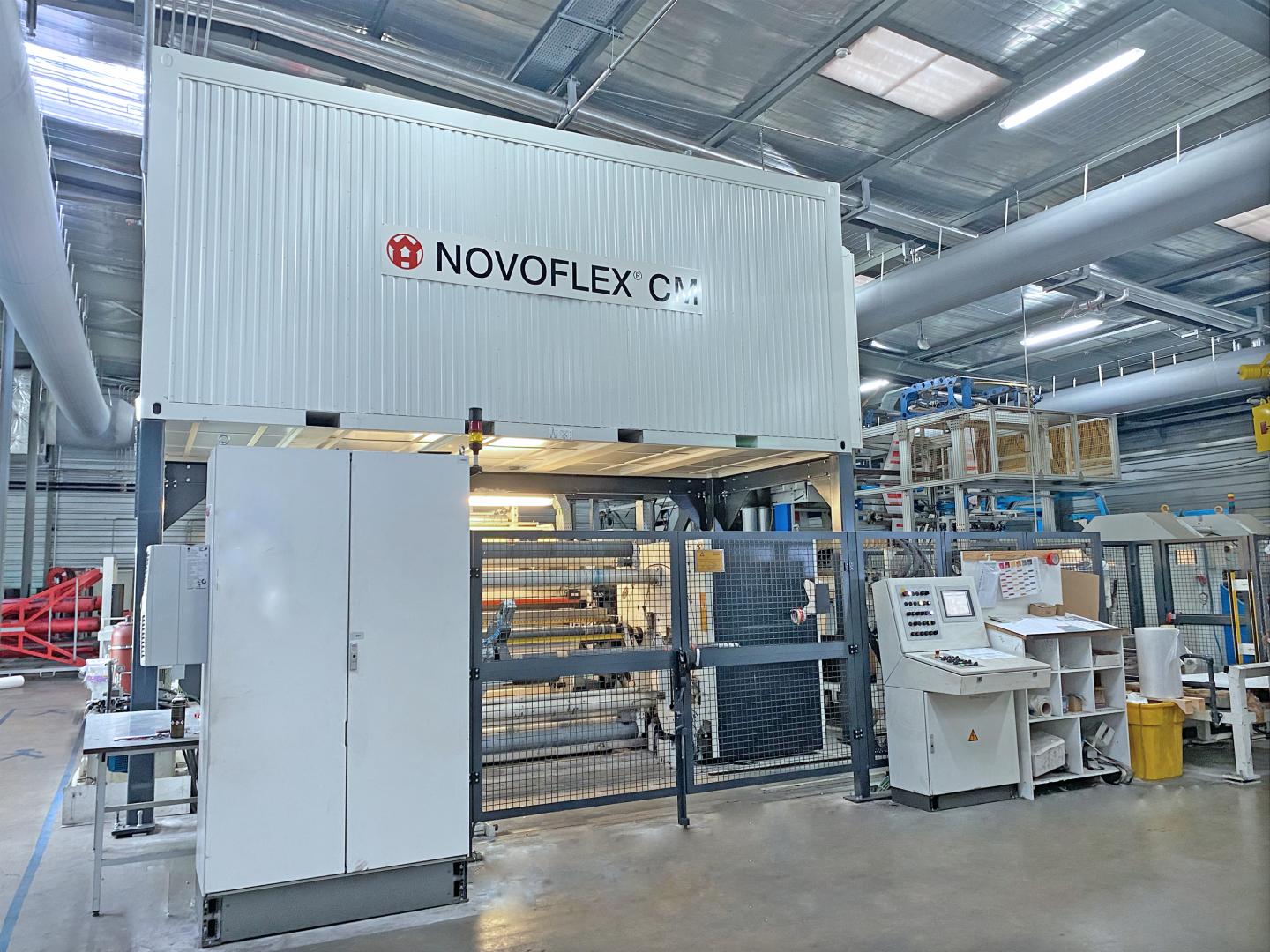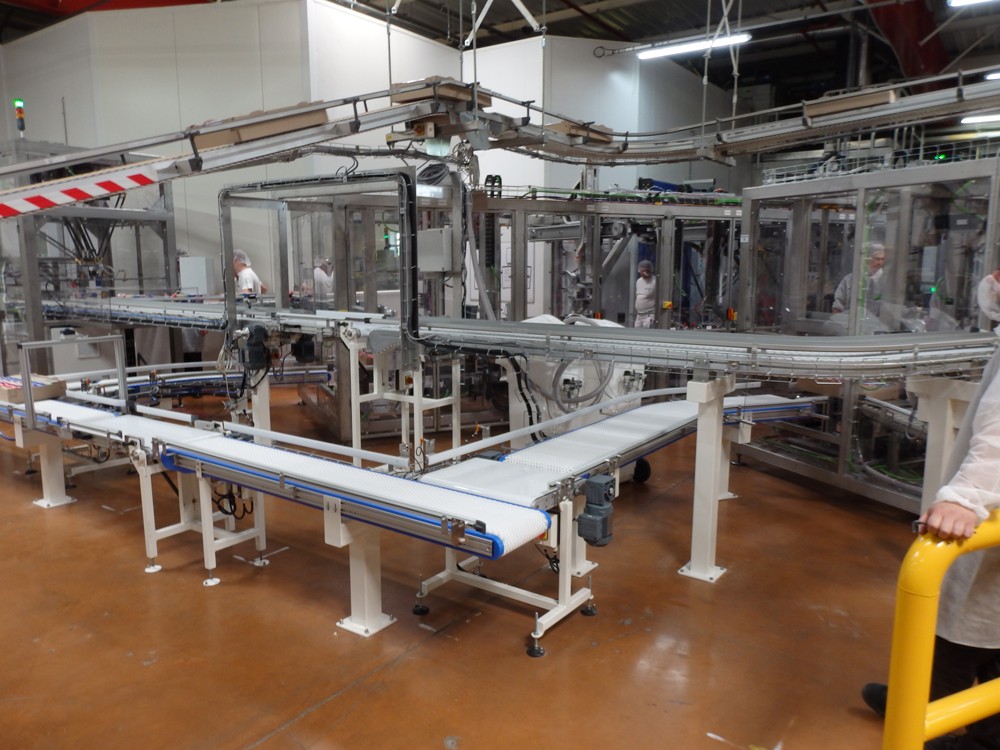Industrial Metal Packaging: Stamina and Durability in Every Design
Reliable Industrial Recycling Solutions for Lasting Packaging: A Comprehensive Overview
That's where this extensive guide on efficient industrial recycling services for sustainable product packaging comes in. By exploring key areas such as product packaging material option, developing for recyclability, implementing reusing framework, collaborating with recycling partners, and tracking and determining recycling success, this overview will certainly equip you with the understanding and tools necessary to make educated decisions and drive favorable change within your organization. Whether you're a packaging professional, sustainability supervisor, or simply interested in the subject, this overview will supply important understandings and techniques to help you browse the world of lasting product packaging.
Packaging Product Selection
The selection of packaging products plays a vital duty in ensuring the sustainability of commercial recycling solutions. When it involves lasting product packaging, the option of materials is type in minimizing ecological impact and making the most of recycling effectiveness. Picking the appropriate products can help in reducing waste generation, conserve sources, and advertise a round economic situation.
Products like cardboard, paper, glass, and particular kinds of plastics can be recycled numerous times without losing their top quality. On the various other hand, materials that are tough to recycle, such as non-recyclable composites or blended plastics, can create difficulties for the recycling procedure and may finish up in garbage dumps or burners.
One more factor to consider is using biodegradable and renewable products. Packaging made from sustainable sources, such as plant-based plastics or biopolymers, can help in reducing reliance on nonrenewable fuel sources and reduce environment modification. In addition, naturally degradable products damage down naturally gradually, lowering the build-up of waste in garbage dumps.
Additionally, the weight and quantity of packaging materials must be minimized to minimize transportation expenses and power intake. Lightweight materials not just call for less sources during production yet also contribute to reduce carbon exhausts throughout transportation.
Creating for Recyclability
Packaging developers must focus on the use of materials that are widely approved for recycling and have developed reusing infrastructures. Products such as glass, aluminum, and certain types of plastic, like Pet dog and HDPE, are generally reused and should be favored over materials that are difficult or pricey to recycle.
Another important consideration in designing for recyclability is the elimination of unnecessary parts or products. By reducing the variety of layers, coverings, and additional components, product packaging can be made easier and simpler to reuse. In addition, developers should intend to decrease the usage of combined products, as they can complicate the reusing procedure.

Implementing Recycling Facilities
Reliable execution of recycling framework is crucial for the success of commercial recycling services. Without correct infrastructure in position, the reusing procedure ends up being inefficient and inefficient, preventing the general goal of lasting packaging.
To carry out reusing infrastructure properly, several essential variables need to be taken into consideration. There ought to be an efficient collection system that facilitates the separation and collection of recyclable materials. This can consist of designated reusing containers in public spaces, as well as partnerships with waste administration firms for curbside pickup and sorting.
When gathered, the recyclable products require to be transported to reusing centers in a prompt way. This needs reliable logistics and transportation networks, ensuring that the materials reach the suitable centers right away.
At the reusing centers, advanced sorting and handling technologies must remain in location to separate why not try this out different sorts of materials efficiently. This includes the use of automated sorting devices, optical scanners, and hands-on sorting techniques.
In addition, there ought to be a robust market need for recycled products. This can be accomplished with partnerships with makers and markets that utilize recycled products in their production processes. Creating a secure market for recycled materials incentivizes the recycling industry and advertises the round economic situation.
Teaming Up With Recycling Partners

One trick element of working together with recycling companions is the facility of clear communication networks. It is crucial to develop open lines of interaction to assist in the exchange of information, updates, and responses. This enables both parties to stay informed concerning the development of recycling efforts and deal with any kind of difficulties or issues that might arise.
In addition, collaboration can involve joint initiatives in executing and making recycling programs. Reusing partners can supply useful insights and support in developing reliable collection systems and identifying one of the most proper recycling innovations. By collaborating, services and reusing partners can maximize the recycling procedure and minimize waste.
Furthermore, cooperation can extend past the functional elements of recycling. It can additionally encompass campaigning for and education and learning efforts. By signing up with forces, companies and reusing companions can raise understanding concerning the importance of recycling and advertise the adoption of sustainable product packaging techniques amongst consumers and other stakeholders.
Monitoring and Measuring Recycling Success
To ensure the efficiency of commercial reusing remedies and the success of lasting packaging goals, it is critical for businesses and their recycling partners to establish a detailed system for monitoring and gauging reusing success (industrial packaging solutions). Tracking and gauging recycling success allows organizations to evaluate the influence of their recycling efforts, identify areas for improvement, and set significant targets for future progression
One means to track reusing success is with using data collection and analysis devices. By gathering data on the amount of packaging waste generated, the portion of waste that is reused, and the sorts of materials being recycled, organizations can obtain beneficial understandings into their reusing efficiency. This information can after that be examined to determine fads, patterns, and areas of ineffectiveness.
Another important facet of monitoring and gauging reusing success is establishing standard and clear metrics. This enables services to contrast their performance versus sector criteria and track their progress over time. Metrics such as reusing prices, waste diversion rates, and greenhouse gas exhausts can supply a quantitative step of a company's recycling success.

Conclusion
To conclude, implementing reliable industrial recycling services for lasting packaging requires mindful factor to consider of packaging product selection, developing for recyclability, executing recycling facilities, collaborating with reusing partners, and monitoring and determining reusing success. By incorporating these practices, services can add to an extra sustainable and environmentally-friendly method to product packaging, decreasing waste and promoting the round right here economic climate.
By discovering essential areas such as packaging material option, developing for recyclability, applying recycling facilities, collaborating with reusing companions, and monitoring additional info and determining reusing success, this overview will furnish you with the knowledge and devices essential to make informed choices and drive favorable modification within your company. Packaging designers must focus on the use of materials that are extensively accepted for recycling and have actually developed reusing frameworks.Collaboration with recycling companions is crucial for the effective implementation of industrial recycling options and the success of lasting packaging goals. By signing up with pressures, businesses and recycling partners can increase awareness regarding the value of reusing and advertise the fostering of lasting packaging practices among consumers and other stakeholders.
By gathering data on the amount of product packaging waste created, the percent of waste that is reused, and the kinds of products being reused, companies can get useful understandings into their recycling performance.